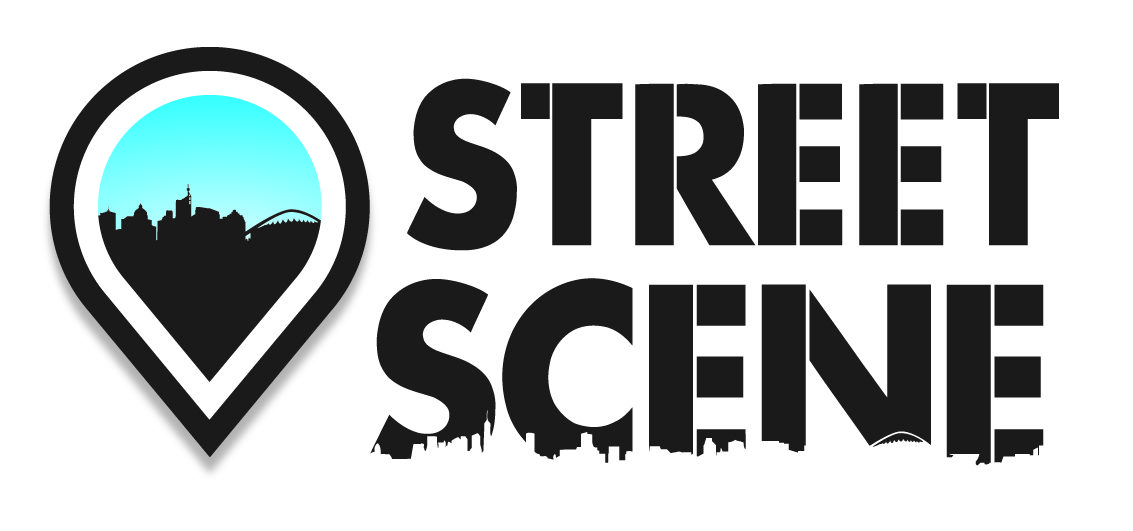
Live edge tables are becoming more and more common among decorators and interior designers. And it’s easy to understand why. Their organic wood grain together with the striking and distinctive features of the “live edge” produce a genuinely unique appearance.
However, there are a few facts to take into account before making the purchase of a live edge kitchen table or dining tables.
Typical Wood Types for Live Edge Slabs
Live edge slab furniture may be made from a wide variety of wood species, but some of the more popular ones are as follows:
Oak – Oak hardwood slabs are a popular option due to their availability and price. Their color can vary from light brown to dark brown. Its edges have jagged edges and a generally straight grain pattern.
Maple – This kind of hardwood timber has a hue that varies from light to dark brown and sometimes has ripples in it. This type of live edge furniture features distinct grain patterns on each wood panel.
Cherry – The color of this wood often ranges from a pinkish-tan to a deep red or even brown, with a tendency toward lighter wood. Swirls and spirals are common features in the grain pattern. These raw, pinkish-red slabs are frequently utilized in custom live edge tables and cabin design because of its crisp grain pattern and durability.
Mahogany – Mahogany, which varies in hue from mild to dark brown with a reddish-brown tinge, is a popular option because of its deep, rich coloring. Its grain pattern is straight, and the wood itself has darker growth rings.
Redwood – Known for its eye-catching crimson hue, redwood slabs are an additional variety of live edge hardwood that exhibits strength and durability. Redwood slabs are frequently chosen for their color and cost.
Walnut – Because of its rich hue and toughness, walnut may be challenging to work with, but it’s a great material for live edge tables and other kitchen tables for sale. Walnuts have a dark brown hue with noticeable brown streaks, and their grain pattern is frequently wavy.
Hickory – Due to its durability, Hickory is used to manufacture flat and live-edge boards. This wood features a straight grain pattern and a delicate yellow tint that darkens with age. It is lighter than oak and more resilient than redwood.
Elm – Elm is commonly chosen for its cost and accentuates any live edge table well due to its distinctive curl pattern. The hues vary from a light grey-brown to a brown with a little hint of green.
Sycamore – Sycamore is a different kind of hardwood with a jagged texture and a delicate cream color. Because of their uneven appearance compared to other types of wood, its custom made dining tables made of live edge wood slabs are ideal for rustic home décor.
Beech – Another robust timber that may be used for live edge pieces and flat boards, beech has a creamy white color with pink striations. A flawless grain pattern guarantees the piece’s surface.
Price and Cost Factors for Live Edge Wood Slabs
Any slab of live edge kitchen table might be expensive, depending on its size and uniqueness. For instance, components the size of end tables are sometimes less expensive than bigger headboards or coffee tables. Additionally, depending on where in the world they are located, certain tree species (and hence slabs) are rarer than others, making them more valuable.
For instance, in today’s market, an unfinished board foot of live edge wood costs around $20, while polished live edge pieces might fetch $50 or more, depending on the nature and uniqueness of the wood. Do your homework and find out what sort of tree the live edge wood slab originates from before making a purchase to establish its approximate price range!
Conclusion
We’ve looked at a few factors to take into account while appreciating the beauty of slabs of live edge wood. When choosing whether or not to buy one, all these considerations ought to be made.
All things considered, live edge dining tables and kitchen tables are exquisite objects that give any area personality. They are an excellent investment for anybody wishing to update the look of their house since they provide distinctive patterns that are unavailable in other wood varieties. You won’t regret it, so venture outside and discover the beauty of live edge wood slabs!

